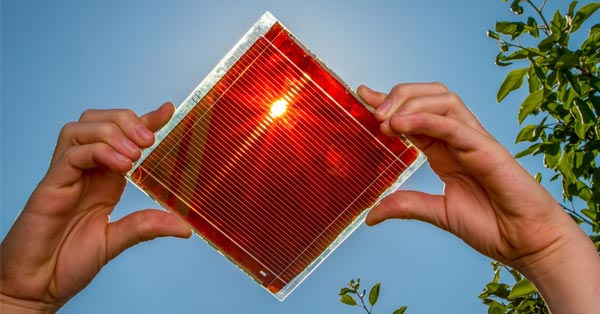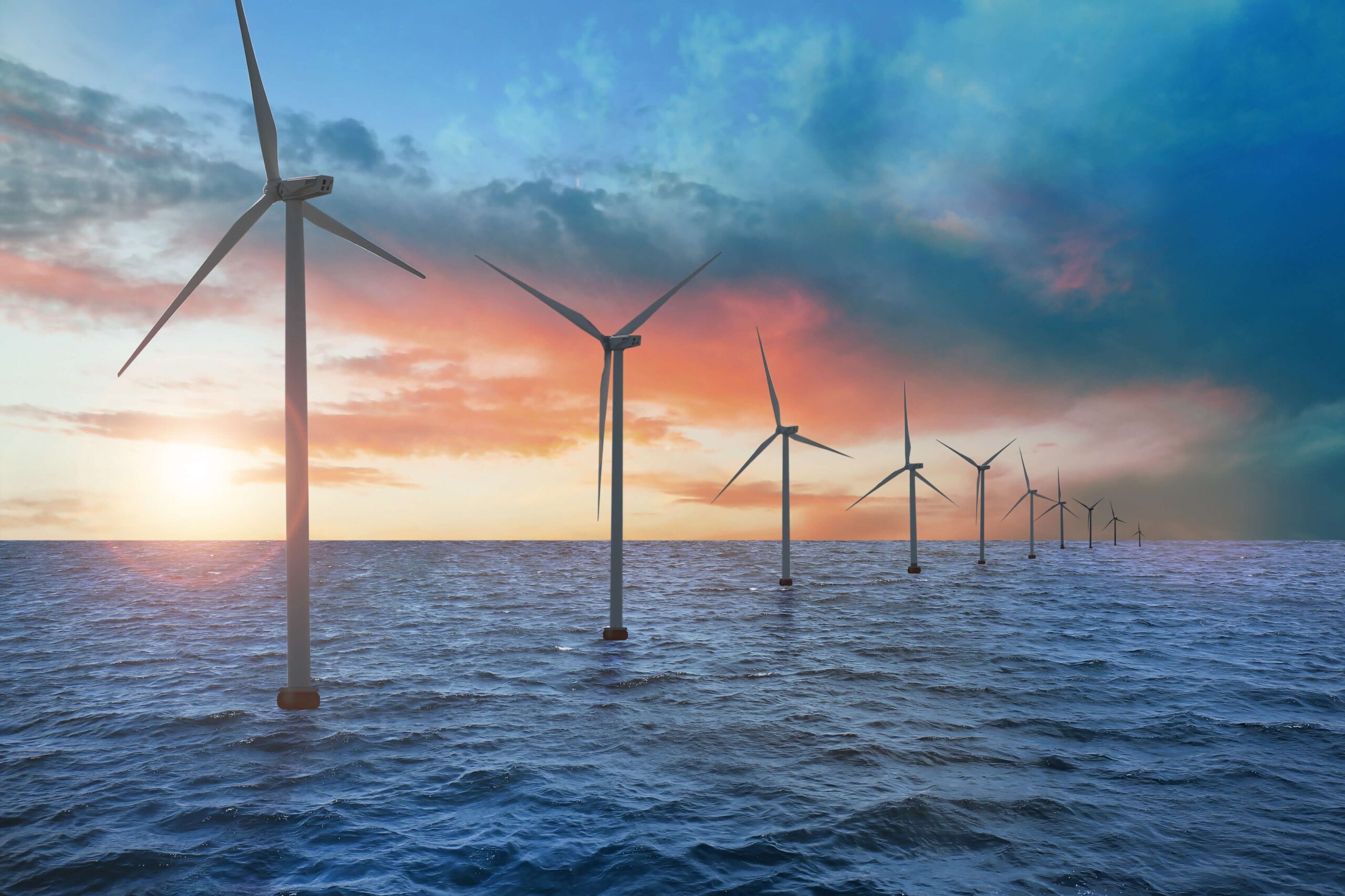When ancient Romans praised Sol Invictus—their 'Unconquered Sun'—they lit sacred fires to honor its divine light.
Little could they imagine that millennia later, humanity would harness that same celestial power to illuminate homes,
fuel cities, and even charge devices with the sun’s invisible 'impulses' (photons) and 'radiations' (solar energy).
The god they worshipped now powers our world—not through myth, but through science.
As winter’s veil dims the sun’s reign, humanity no longer cowers in darkness. Enter battery storage—the Promethean flame
of our age. These silent sentinels defy the 'dark-spreading-devils' of night and cloud, hoarding sunlight in electrochemical
vaults to fuel our cities when Sol retreats. No longer bound by the sun’s daily arc, we’ve forged a pact with science:
solar panels harvest the day’s bounty, while batteries stand guard, releasing stored photons to power homes, hospitals,
and dreams through the coldest nights. The children of the sun need not falter; their light now burns eternal.
Renewable energy is the ‘moody teenager’ of the power grid: euphoric when the sun blazes or winds roar, sullen when clouds
loom or skies still. These wild swings leave gaps—most glaringly during the morning rush of coffee makers and evening symphony
of lights, ovens, and Netflix binges. Enter battery storage systems (BES), the pragmatic ‘therapists’ of the energy world.
They step in when solar panels sulk and wind turbines nap, smoothing out renewables’ tantrums by stockpiling excess midday
sunshine or midnight gusts. Their ‘playground’? The lucrative peaks of dawn and dusk, where electricity prices spike and grids
strain. Here, BES doesn’t just fill gaps—it turns volatility into profit, one stored electron at a time.
Act I: The Choreographer Takes the Stage
In the grand theater of Germany’s energy transition, Demand-Side Management (DSM) is the master choreographer, orchestrating
a symphony of electrons, heat, and hydrogen. Solar panels and wind turbines may dazzle like prima donnas under the spotlight,
but it is DSM that whispers the steps, ensuring no dancer misses a beat—especially when the sun dips below the horizon or the
wind falters.
Act II: The Dancers of Dawn and Dusk
1. Heat Pumps: The Graceful Time-Shifters
In the quiet corners of German homes, heat pumps perform a slow waltz with time. By day, they sip solar nectar, stashing warmth
in liquid reservoirs—500-liter tanks humming with stored potential. By night, they release this treasure, slashing the need for
battery sentinels by 42–62% in grids where renewables reign supreme. Their secret? Turning noon’s solar crescendo into evening’s
gentle glow.
2. Electric Vehicles (BEVs): The Flash Mob of Flexibility
Battery-electric vehicles are the grid’s nimble flash mob, charging under the midday sun and pirouetting into action at dusk.
With controlled charging, they trim evening peaks by 22%, while bidirectional "vehicle-to-grid" (V2G) tech lets them feed power
back—a fleet of rolling batteries whispering, “The night is ours.” But beware: without smart tariffs, their enthusiasm might
stomp on local grids’ toes.
3. Hydrogen Electrolysis: The Dramatic Wildcard
Hydrogen strides in like a brooding soloist, turning surplus solar and wind into storable fuel. By day, electrolyzers gulp
renewable excess, sparing 15–30% of solar/wind from curtailment. Yet this diva has a temper: without strict carbon limits,
she might flirt with fossil backups, souring the green symphony.
4. Power-to-Heat: The Winter Waltz
When frost grips the land, electric boilers and heat pumps twirl with purpose. They convert solar surpluses into heat, stashed
in insulated tanks—a thermal treasury that outsmarts winter’s bite. Batteries sigh in relief; their winter burden lightens.
Interlude: The Star’s Silent Vigil
Batteries may bask in the spotlight, but their brilliance is fleeting. They hoard sunlight in electrochemical vaults, releasing
it in milliseconds when shadows loom. Yet even stars need direction: DSM ensures their power isn’t squandered on trivial encores.
Together, they cut Germany’s fossil peaker plant reliance by 68%—a duet of logic and lightning.
Act III: The Rules of the Dance
Every ballet has its code, and Germany’s energy waltz is no exception:
Policy: The stern conductor mandating smart meters, time-of-use tariffs, and carbon caps. No freelancing allowed.
Harmony: Batteries handle seconds-to-hour gaps; DSM commands days. A misstep here, and the grid stumbles.
Profit: DSM and batteries exploit price arbitrage—buying cheap noon electrons, selling them at twilight’s premium.
A tango of margins and megawatts.
Finale: The Encore the World Awaits
Germany’s lesson is clear: A renewable grid is not built—it’s choreographed. Without DSM’s guiding hand, 2045’s grid would demand
70% more batteries, a costly and cluttered stage. Yet with it, even the moodiest renewables—solar’s tantrums, wind’s sulks—are
tempered into elegance.
“The ancients worshipped the sun as a god. We’ve taught it to dance.”


